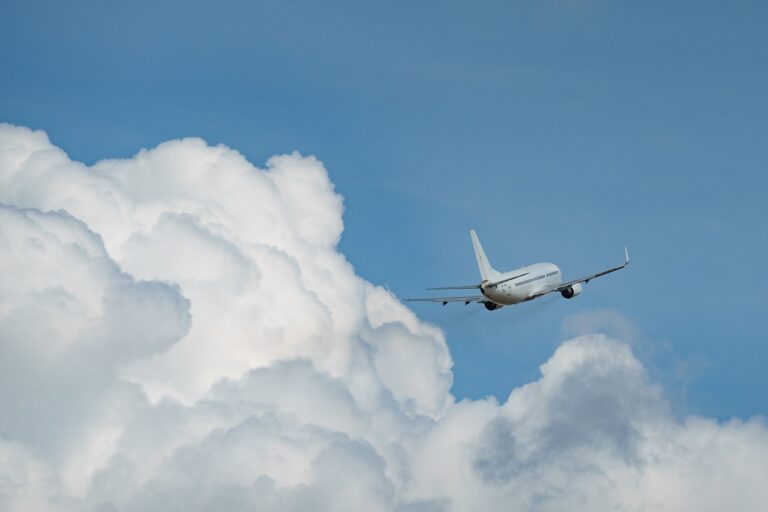Sustainable aviation fuels (SAF) are synthetic alternatives to traditional jet fuels, derived from renewable sources such as waste oils, fats, and agricultural residues. These fuels aim to reduce the environmental impact of aviation by limiting the carbon dioxide (CO2) emissions that contribute to global warming. Unlike fossil fuels, SAF uses carbon that has recently been captured by plants or through chemical processes, creating a more sustainable carbon cycle.
Table of Contents
The SAF advantage
The primary advantage of SAF is its potential to achieve net-zero carbon emissions. Since the carbon released during combustion has been recently absorbed, the overall CO2 levels in the atmosphere remain more balanced compared to burning fossil fuels, which release carbon that has been stored for millions of years. Additionally, SAF reduces particulate emissions, helping to minimize air pollution and its related health impacts.
However, SAFs are not entirely carbon-neutral. The energy required to produce, refine, and transport these fuels adds to their carbon footprint, making them less sustainable than initially assumed. The actual environmental benefit varies based on the type of feedstock and the production method used.
The aviation industry’s dilemma
The aviation industry faces growing pressure to transition away from conventional jet fuel. As air travel demand increases, especially in emerging markets like India and China, airline companies have committed to reducing their carbon emissions by 2050. Aircraft manufacturers Airbus and Boeing forecast that the global fleet will more than double over the next two decades.
While modern planes are more fuel-efficient than their predecessors, this alone is not enough to meet global environmental goals. Longer-term solutions, such as hydrogen and electric aircraft, are still many years away due to technological limitations in storage and energy density. For now, SAF offers the most immediate path to reducing the aviation industry’s environmental impact.
Production challenges and economic barriers
One of the biggest obstacles to widespread SAF adoption is scaling up production. SAF currently represents a mere 0.05% of the fuel used in the European Union and is significantly more expensive than conventional jet fuel, costing three to five times as much. Governments are taking steps to address this imbalance. The UK, for instance, has introduced a SAF mandate requiring 2% of all jet fuel to be SAF by 2025, rising to 22% by 2040.
However, increasing SAF production will require substantial investment and innovation. Technologies like power-to-liquid, which uses water and CO2 to create fuel, hold promise but are currently expensive and rely on large amounts of renewable energy and carbon capture.
The road ahead
In the quest to decarbonize aviation, the SAF industry has made progress, but significant challenges remain. Environmentalists warn that the current pace of SAF development is insufficient to meet the rising demand for air travel. Additionally, concerns about the sustainability of feedstocks—particularly the impact of deforestation and food crop displacement—need to be addressed.
Despite these obstacles, several high-profile partnerships have emerged to drive SAF production. Boeing, for example, has partnered with Clear Sky to promote SAF technologies, including those developed by Firefly, which converts human waste into fuel. These innovations highlight the potential for SAF to contribute to a greener aviation future, but whether they will take off on a global scale remains uncertain.
Read also: China unveils measures to revive economy












